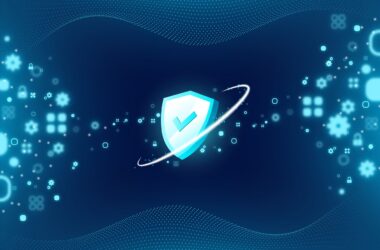How much electrical energy do we generate and consume on this planet? As per 2014 estimates, we generated 22.75 trillion kWh of electricity. And, about two-thirds of the generation came from fossil fuels. When we burn so much fossil fuel, who can say climate change is a hoax?
China, USA, India, Russia and Japan are the top 5 countries in electricity production. Now, enough of the numbers. What’s IoT got to do with energy production and consumption? A LOT!
Energy Wastage
In every home, at least 4 electrical appliances (TV, fan, washing machine, coffee machine, air conditioner, room lights, etc) are operational, and 2 of which are left ON because someone forgot to turn them OFF. On a conservative scale, imagine if two 50 watt-hour electrical items are left ON in hundred thousand homes: 100 watt-hour x 100,000 = 10,000,000 watt-hour wastage.
Why Internet of Things?

There are several standalone energy-saving devices in the market. Well, they are neither smart nor flexible. This is why internet of things matter here – enabling flexible control, automation and smart (secure) homes. Secondly, IoT is built around existing technologies, protocols, web standards and antenna design. So, function and innovation form the basis of the IoT devices coming up in the market. Most of them can be controlled from your existing smartphone!
Kill the Novelty
No. An IoT enabled smart home is not a novelty. It’s a necessity! Of course, the cost of IoT-enabled devices can be a little high to start with, but the widespread adoption should bring the costs down. There will be an estimated 50 billion IoT devices by the year 2020.
Adopting IoT should not be seen like an investment one makes to install solar panels on the rooftop. It should be seen as a long-term, scalable exercise that will help you precisely automate and control the various devices in your home.
The Many Advantages of IoT
Saving electricity suddenly becomes just one of the many advantages of an IoT-enabled smart home.

You can see if your dog is asleep or jumping on the couch. May be it’s just sad it’s alone.
You can manage your home in a much more efficient manner, saving money, and doing your bit to the environment as well. After a hard day’s work, on the drive back home, you can give a voice command to your phone to switch ON the coffee maker or turn ON the air conditioner. The benefits are many.
And Then, Security…
Security starts at home. The recent distributed denial of service (DDoS) attack on Dyn DNS is a prime example of how simple passwords on home devices could wreak havoc on a massive scale. Having said that, you and I will have data privacy and other security concerns at the back of our mind.
We should be wary of hackers, and equip ourselves to protect our home from cyber attacks. The first step towards this is by educating ourselves on the basics of security – starting with passwords, and sharing sensitive information to phishing.
How is IoT in your country? What plans do you have to remote manage your home with internet of things? What’s holding you back? Let me know your thoughts in the comment section.




1 comment